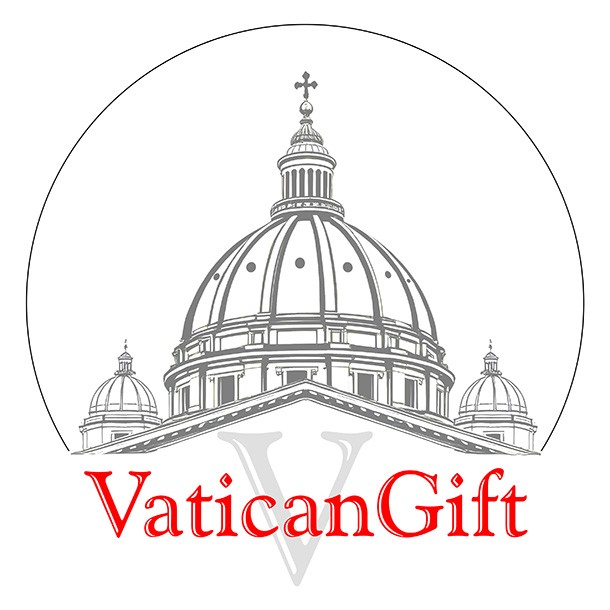
English
USD $

The title “Mother of the Church” was first formally used by Pope Paul VI during the Second Vatican Council in 1964, affirming Mary's unique role in nurturing and protecting the early Church. Pope Francis, inspired by this theological legacy, established the Memorial in 2018 to foster Marian devotion and emphasize Mary's ongoing care for all believers.
The feast is celebrated on the Monday following Pentecost to highlight the spiritual link between the descent of the Holy Spirit and Mary's presence among the disciples. Just as she was present at the Annunciation and at the foot of the Cross, Mary was also present in the Upper Room at Pentecost — a silent, prayerful witness to the Church’s birth. This liturgical positioning invites reflection on her maternal intercession in the life of the Church from its very beginning.
By calling Mary the “Mother of the Church”, the Church recognizes her as a model of faith, obedience, and maternal love. She accompanies us as we walk in faith and acts as a spiritual mother who intercedes for all her children, especially in moments of trial and renewal. This title strengthens the bond between the faithful and Mary, calling on her protection and guidance in our spiritual journey.
The Memorial of Mary, Mother of the Church is not only a day of veneration but also a powerful reminder that we are never alone. As Christ entrusted Mary to John at the foot of the Cross — “Behold your mother” — so too does the Church entrust itself to her loving care. On this special day, Catholics are invited to turn to Mary with renewed trust, praying for unity, peace, and the continued outpouring of the Holy Spirit upon the world.
The image featured above depicts Pope Francis venerating the revered icon of Salus Populi Romani, a Marian image he has often visited in moments of prayer and devotion. This sacred icon is housed in the Chapel of the Paolini — also known as the Borghese Chapel — within the Basilica of St. Mary Major in Rome. It has long been a symbol of protection for the people of Rome and a profound representation of Mary’s maternal intercession.
We use cookies to enhance your browsing experience, serve
personalised ads or content, and analyse our traffic.
By clicking "Accept", you consent to our use of cookies.
